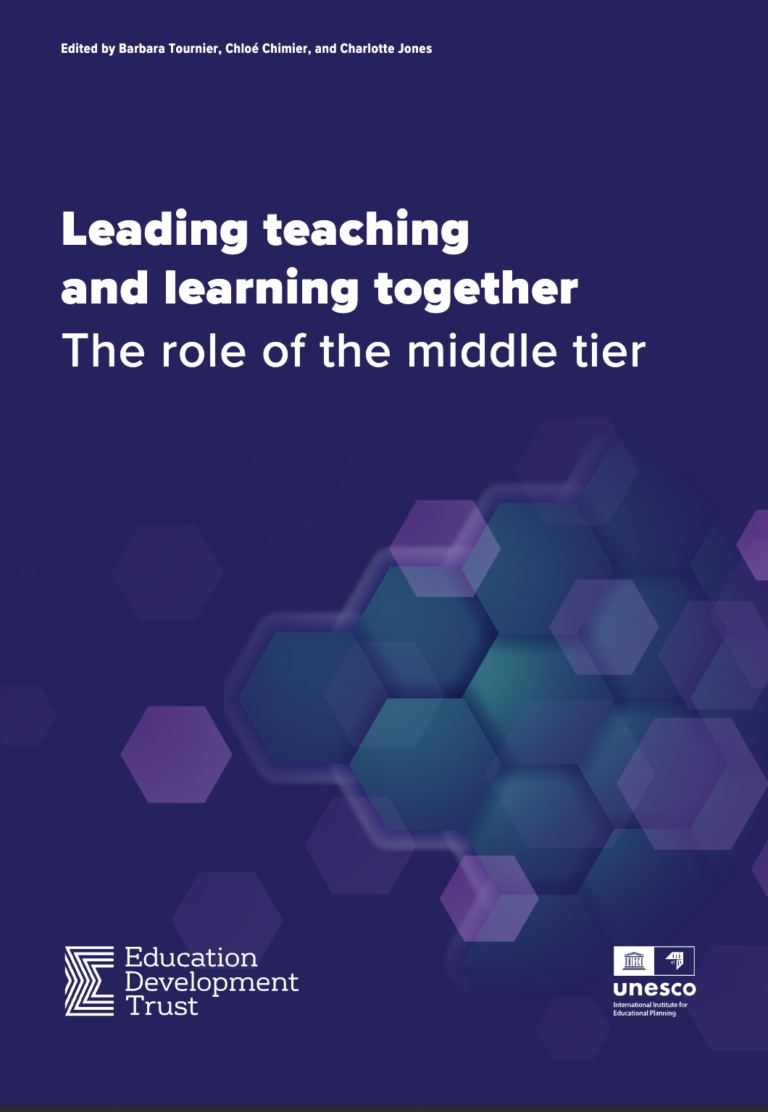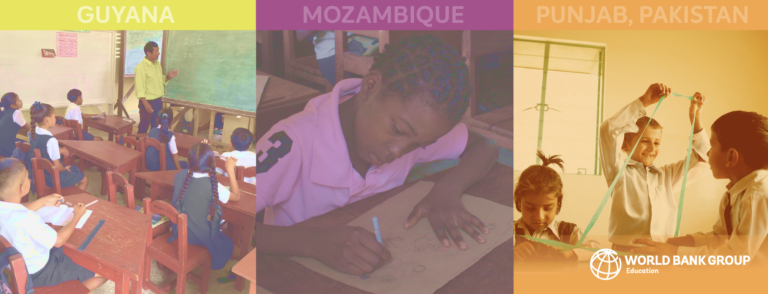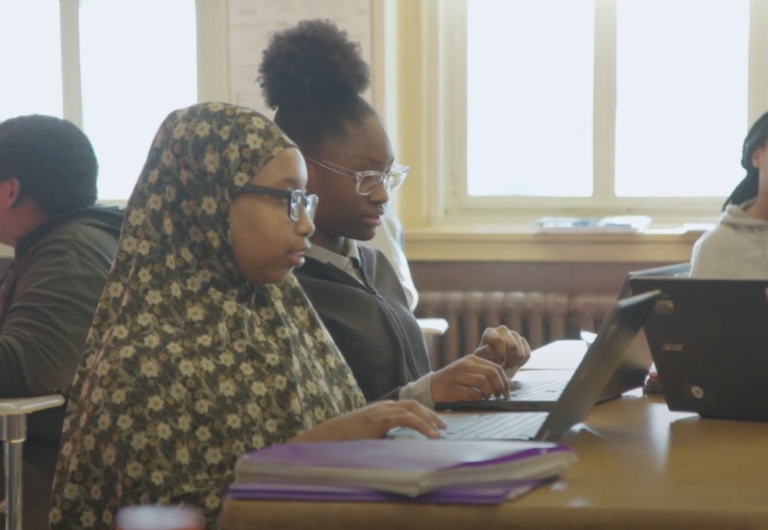By: Global Teacher Prize | March 7th 2018
When it comes to discussing the most effective ways of teaching, everyone seems to have a strongly held opinion – and rightly so. Education, or the lack of it, can be the defining experience of our lives. The way we are taught can also affect the opportunities that come our way later in life.
So, when discussing the best teaching techniques, who better to ask than the world’s best teachers?
Below are the thoughts of teachers from five continents who are all Finalists in this year’s Global Teacher Prize.
What is the one teaching technique you think every teacher in the world should use?
Glenn Lee is a former electrical engineer who is passionate about STEM subjects. He is a Finalist thanks to his pioneering work introducing robotics across schools in Hawaii.
For Glenn, the ability to act as a facilitator is a vital skill.
“Every teacher should assume the role as facilitator and foster collaboration between students, as well as peer mentoring, where students can learn from each other,” he says.
“I believe that students best learn when they are given opportunities to teach concepts that they have learned to others.”
Similarly, Turkish pre-school teacher Nurten Akkuş champions a child-led learning approach, as pioneered by Italian educator Maria Montessori.
“Children will discover life with free learning methods including peer education,” she says.
Belgian Koen Timmers says a collaborative approach to teaching shouldn’t be purely limited to helping students work together. It should also mean students and teachers learning together.
Despite many of the Global Teacher Prize Finalists emphasizing the importance of empowering students, teachers must still be adept at imparting knowledge and demonstrating skills and techniques.
“Modelling is great technique that I use to demonstrate the exact skill or technique required in order to gain a certain outcome,” says London-based Andria Zafirakou.
It is a classic teaching technique where the teacher shows – or “models” – how to do something, such as solving a maths problem, before then asking the students to do it themselves.
Which countries can the rest of the world learn from about teaching?
Two countries were consistently singled out by Global Teacher Prize Finalists for leading the way in teaching: Finland and Singapore.
Hardly surprising, as over the past decade these two nations have dominated the top spots in the Organization for Economic Co-operation and Development’s (OECD) PISA global rankings on student performance in mathematics, reading, and science.
Despite significant differences in the styles of teaching in Finland and Singapore, many Finalists pointed to the esteem in which the teaching profession is held in both nations, and other top PISA performers such as South Korea.
“The findings show that respect for teachers, building a culture that advances education and its importance, funding for education, support from parents and teaching for the future, not just the present, are all features which the top countries such as Finland and South Korea display,” says South African Finalist Marjorie Brown.
In Finland teachers are recruited from the top 10% of graduates, must hold a master’s degree in education, and earn a salary comparable with doctors and lawyers.
“Being a teacher in Finland is a highly prized profession and teachers are given the autonomy to work in whatever way they need to create successful learners,” says Norwegian Barbara Anna Zielonka about her neighbouring nation.
For Australian maths teacher Eddie Woo, Finland’s minimalist approach to testing and equal funding across schools, along with Singapore’s pursuit of excellence, are examples to follow.
“We should learn from the way that Finnish society ensures equity across its educational system and refuses to allow standardised testing to overtake curriculum in the guidance of pedagogy,” he says.
“And we should learn from the Singaporean culture of relentlessly pursuing mastery no matter how difficult we may find a subject to begin with.”
In a Singapore maths class, teachers wait for academically weaker pupils to reach a basic standard in each topic before the class moves on to the next concept. This allows able pupils to study the topic in greater depth while waiting for the weaker pupils to master it.
What other teaching techniques have you heard about that you would most like to explore?
Technology was a popular topic among Global Teacher Prize Finalists when it came to choosing alternative teaching methods they would like to investigate further.
For Jesus Insilada, who works with indigenous communities in the Philippines, learning more about how to use technology in lessons while respecting cultural identities would prove invaluable.
“I want to learn more about techniques in integrating ICT in teaching,” he says.
“As much as possible, we teach ICT skills to our students to prepare them to adapt with changes brought about by modernization but we see to it that they are strongly grounded on who they are and where they come from, so that it is easy for them to determine their directions without losing their cultural identity.”
Eddie Woo highlights the project-based approach to mathematics, and links with industry, being seen in some US schools, which help show the benefit of maths in real world contexts. Computer coding is a good example.
Technology can also play a role in the Deeper Learning teaching technique, which Koen Timmers would like to investigate further. This technique pulls together many elements identified by Finalists as important, such as collaborative and child-led learning, and challenges students to work across subject disciplines to solve real-world problems.
At the global level, there will never be a one-size-fits-all approach to teaching techniques. But the world’s best teachers are all testament to the fact that choosing the right approach, in the right context, will always empower children to be the best students they can be.



